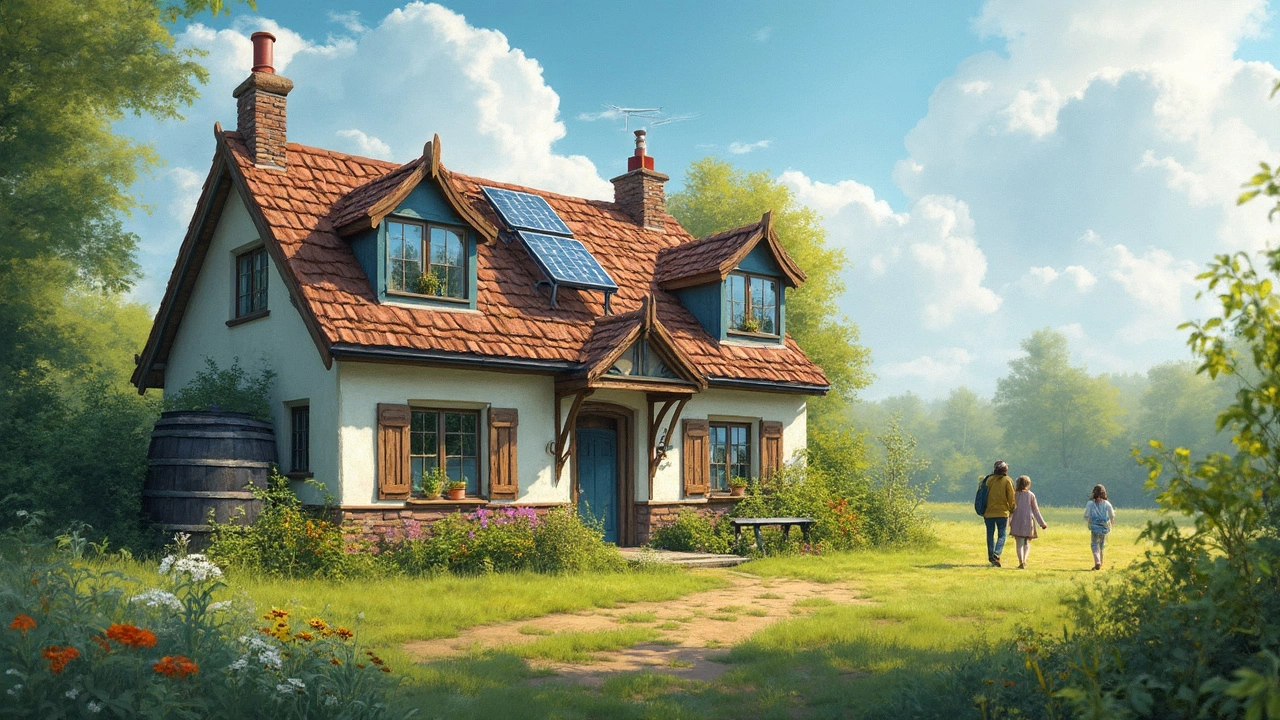
Green Home Cost: What You Need to Know Before Building
Thinking about a green home? You probably wonder if going eco will break the bank. The good news is that a sustainable house can fit many budgets, but you have to know what adds up. Let’s break down the biggest cost drivers and show you where the real savings hide.
Key Factors That Shape the Price
First off, the type of green features matters. Insulation, solar panels, and high‑performance windows each have a different price tag. A basic upgrade—like adding proper insulation—might cost a few thousand pounds, while a full solar array can run into tens of thousands.
Location is another big piece. Building in a rural area often means cheaper land and lower labour rates, while city sites bring higher permits and logistics costs. Also, local climate influences the level of insulation or heating system you’ll need.Materials make a huge difference, too. Eco‑friendly products such as reclaimed timber or low‑VOC paints can be pricier than standard options, but many suppliers now offer competitive rates as demand rises.
Where You Can Save Money
Start with the envelope: sealing gaps, adding loft insulation, and installing double‑glazed windows are low‑cost moves that slash heating bills for years. You’ll see the payoff faster than with big ticket items.
Consider a phased approach to renewable energy. Install a modest solar system now and add more panels later as your budget allows. In many regions, government rebates or tax credits offset a good chunk of the upfront cost.
DIY can cut labour expenses dramatically. Simple tasks like painting, fitting insulation, or even assembling a prefabricated wall panel are doable with a weekend’s effort and a bit of research.
Finally, look for bulk‑buy programs or community buying groups. Sharing the purchase of solar inverters or heat pumps with neighbours can lower per‑unit prices.
Overall, a green home isn’t automatically a luxury. By focusing on high‑impact, low‑cost upgrades first, you can build a comfortable, energy‑efficient space without overspending.
Ready to start budgeting? Grab a spreadsheet, list the features you want, and rank them by cost versus energy savings. That simple exercise often reveals that the cheapest path to sustainability is a mix of smart upgrades and timing your purchases around incentives.
